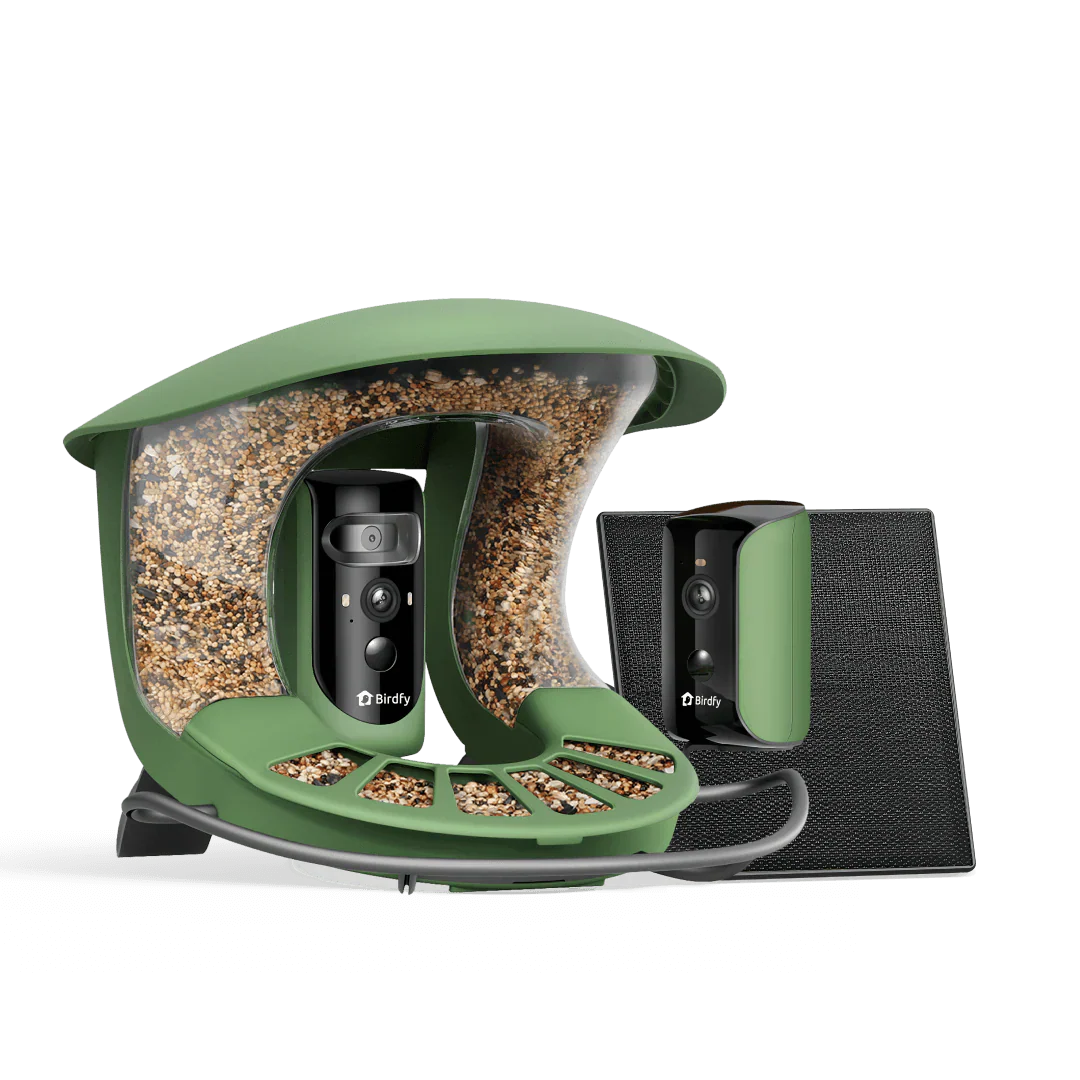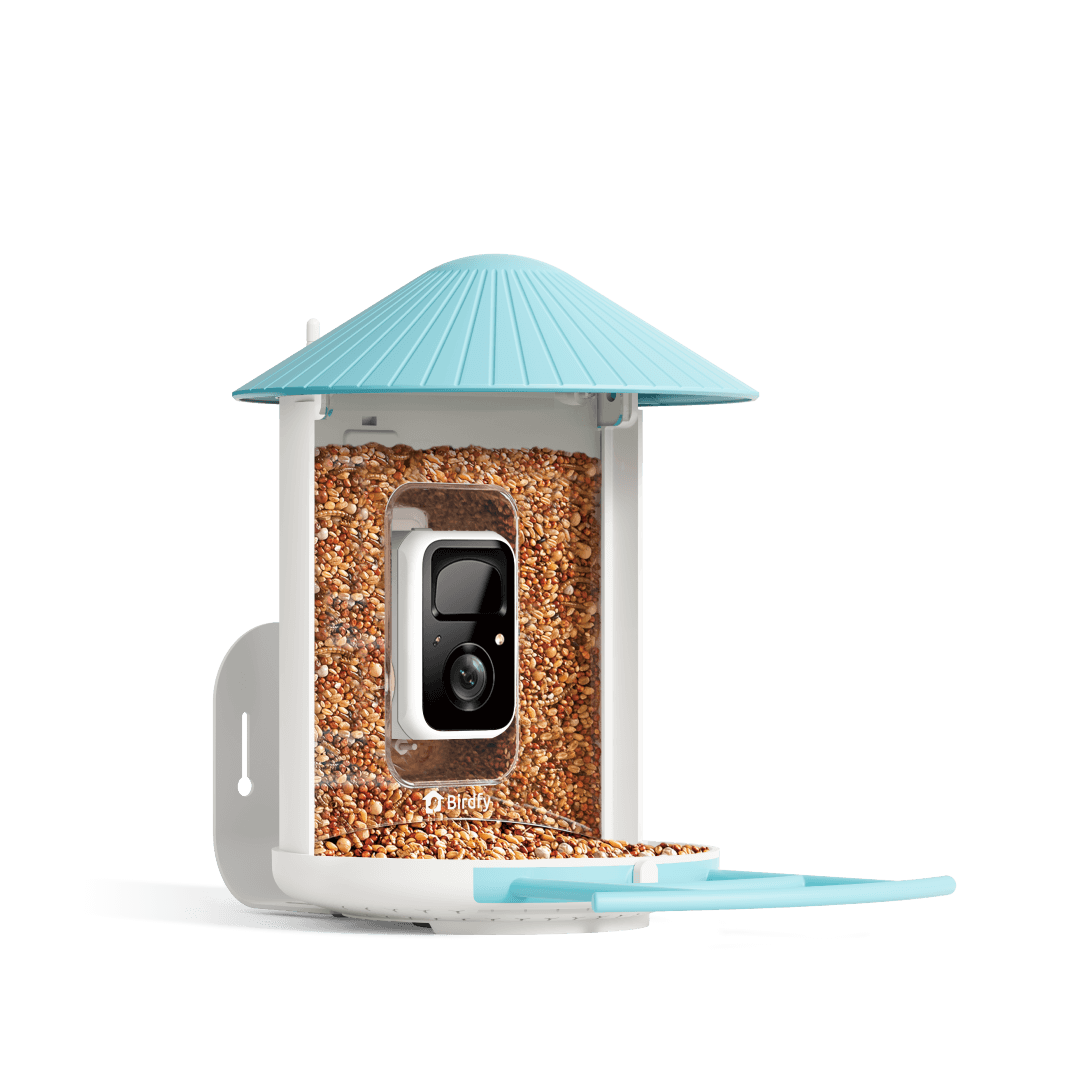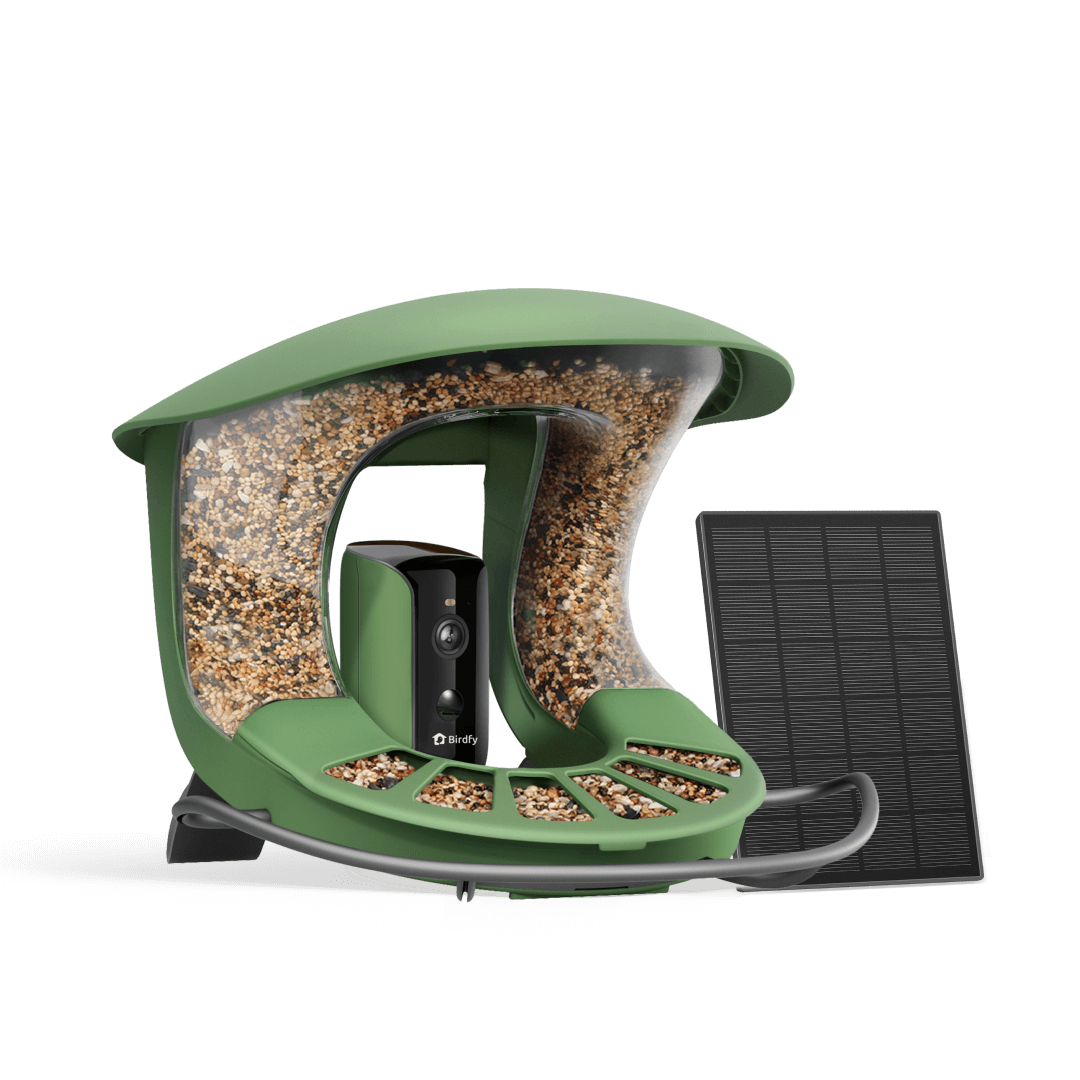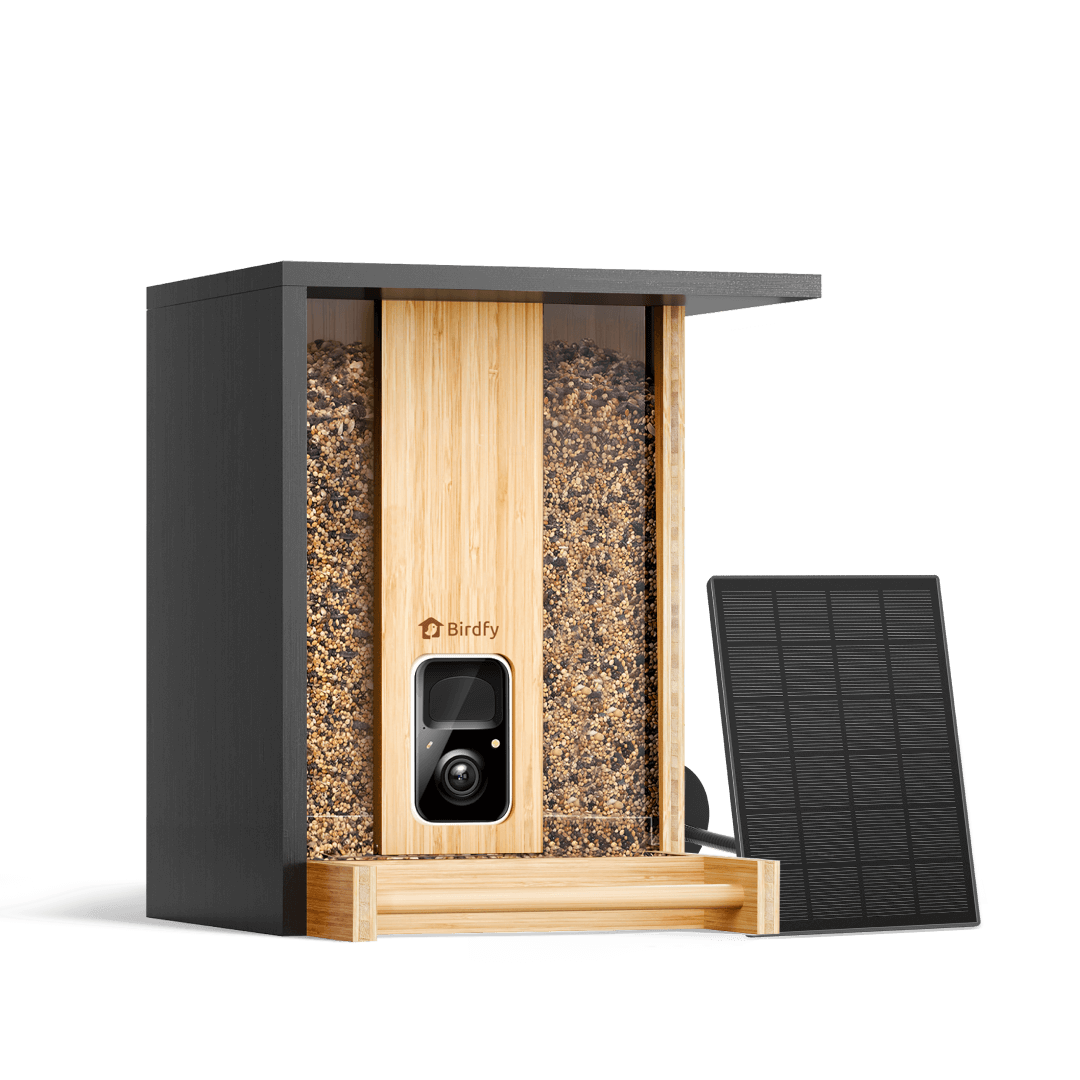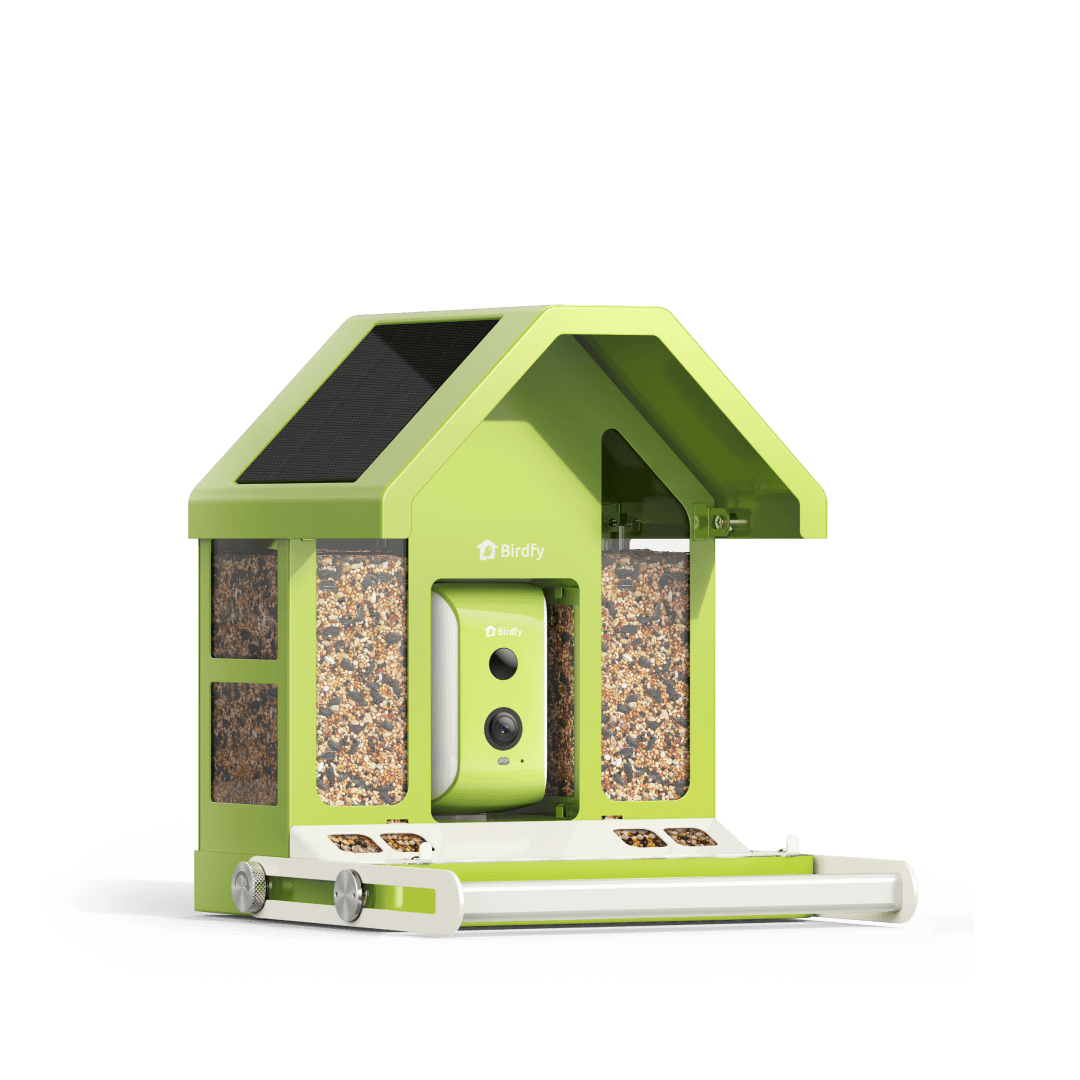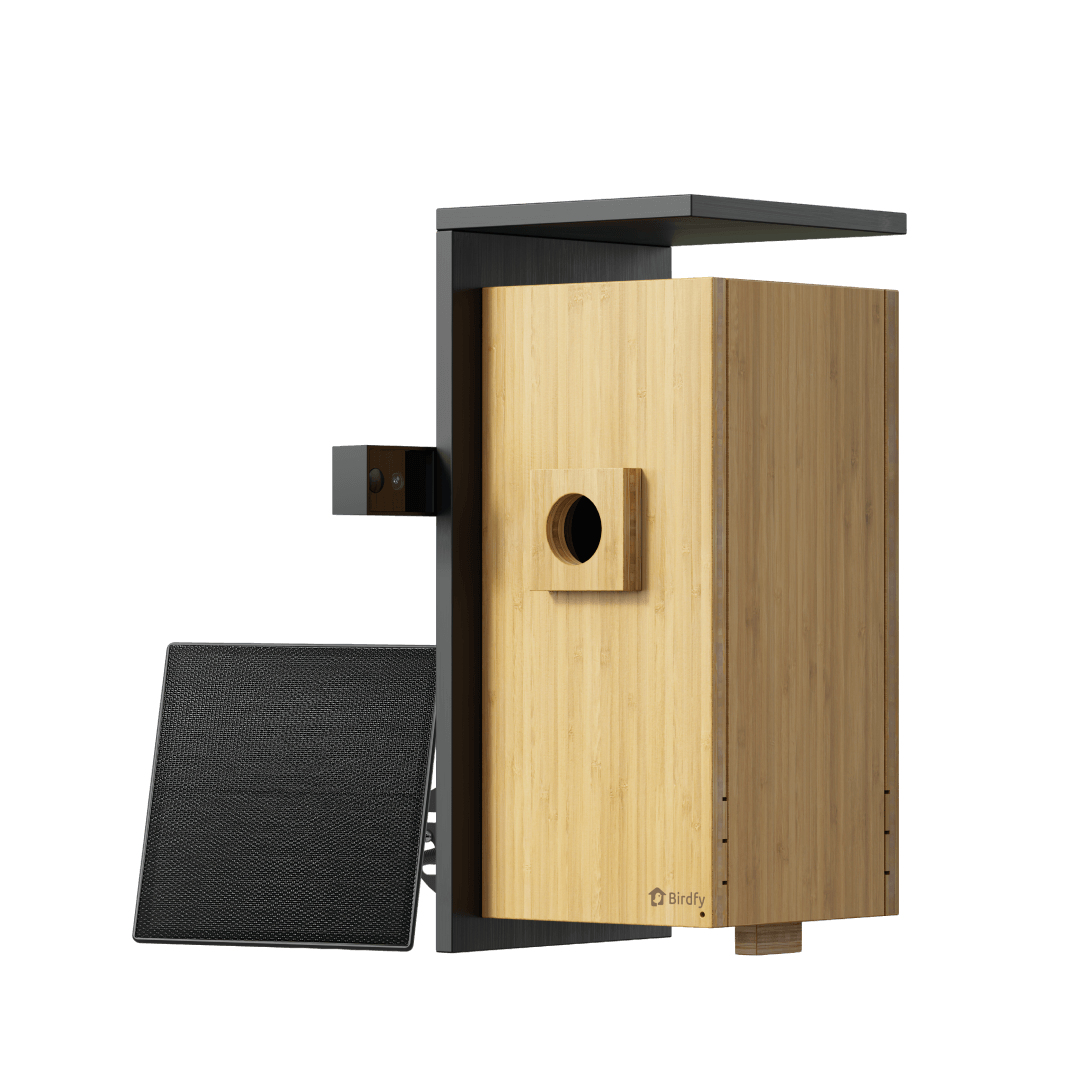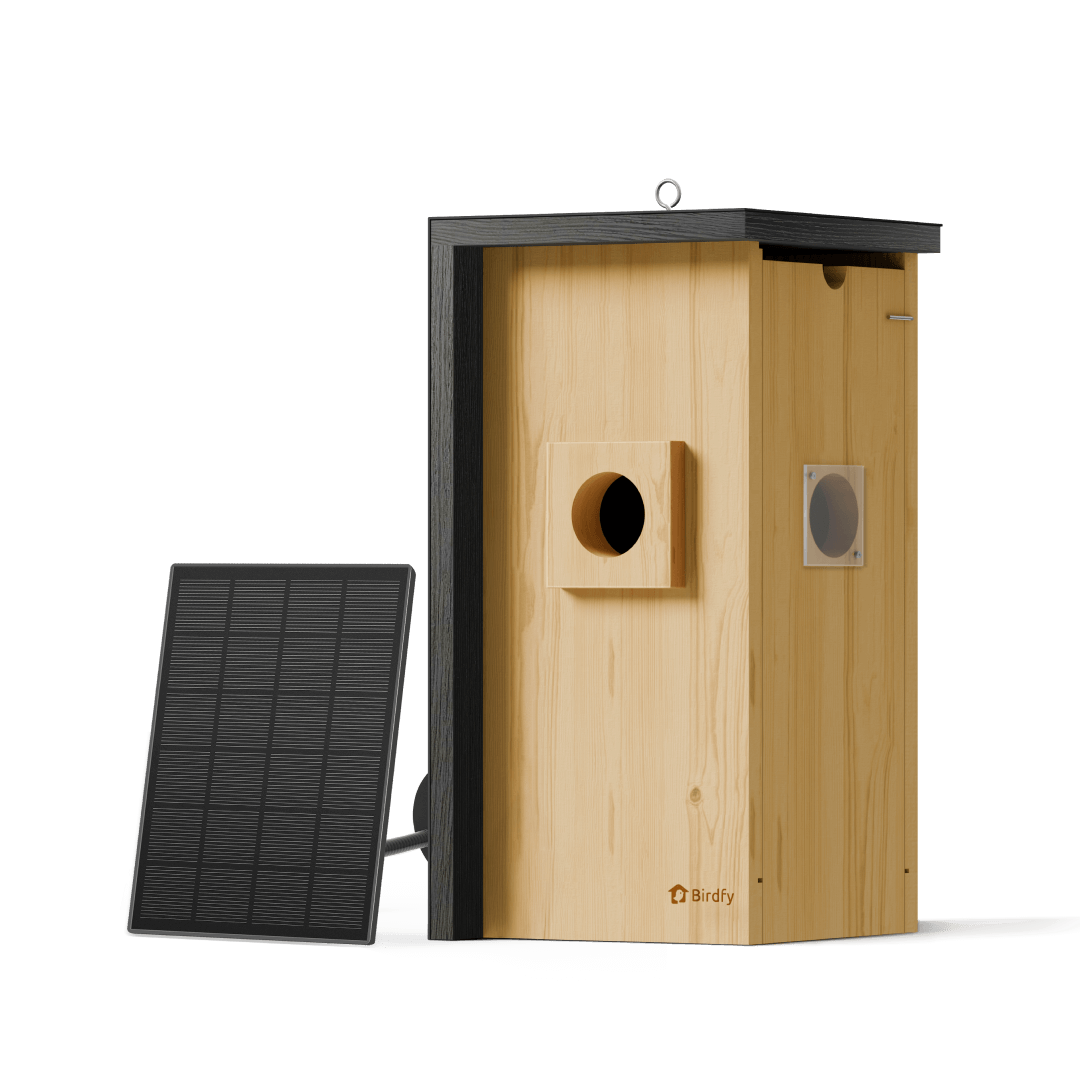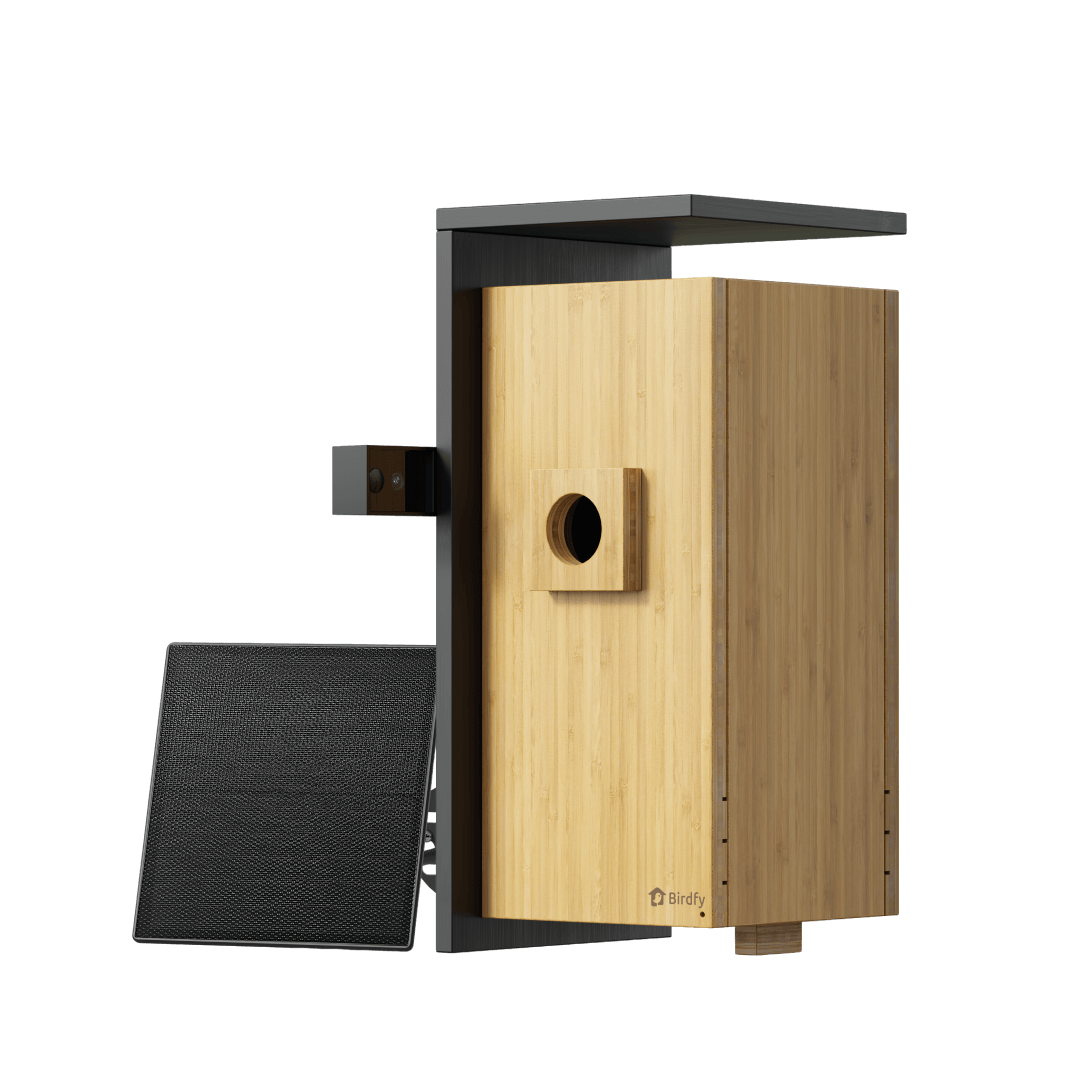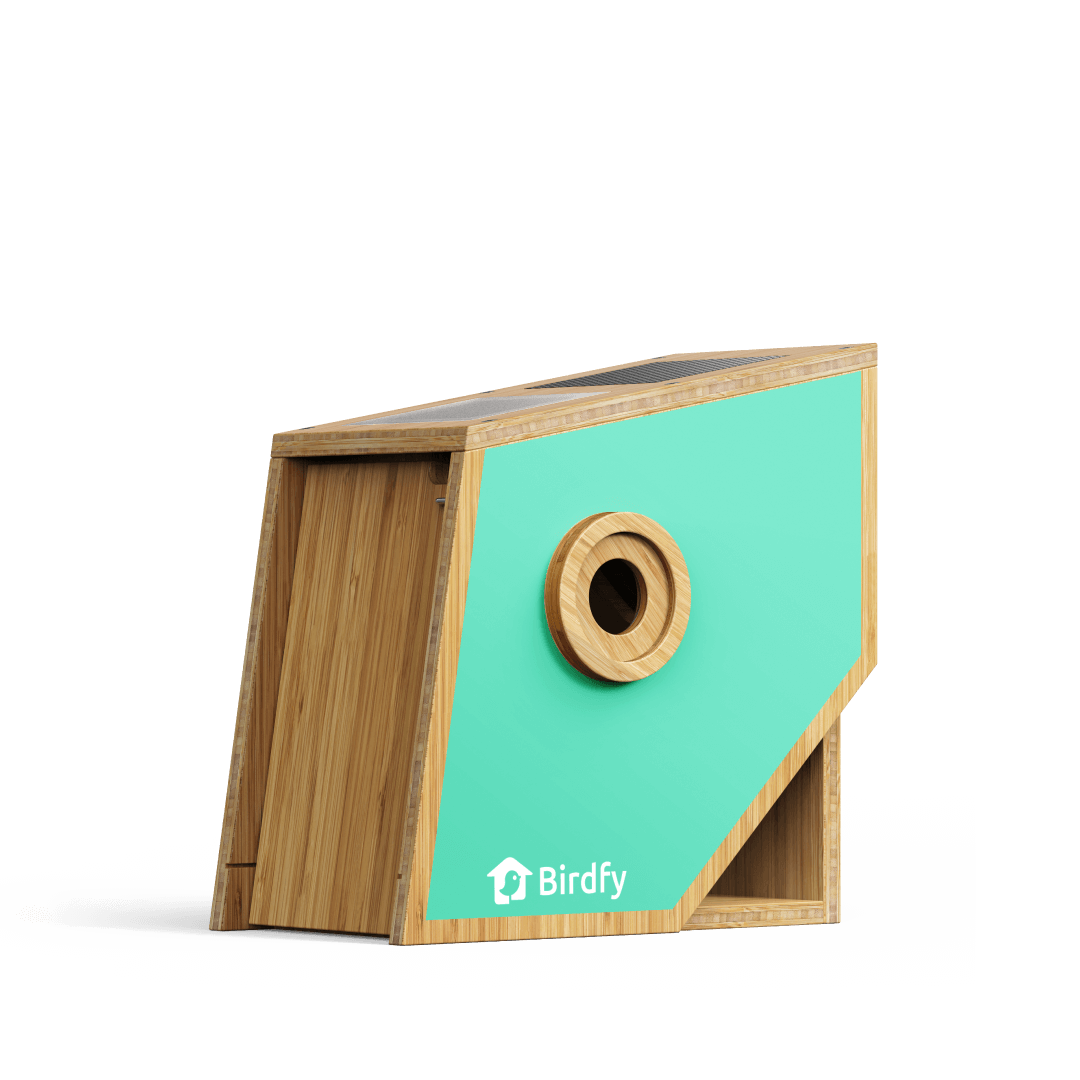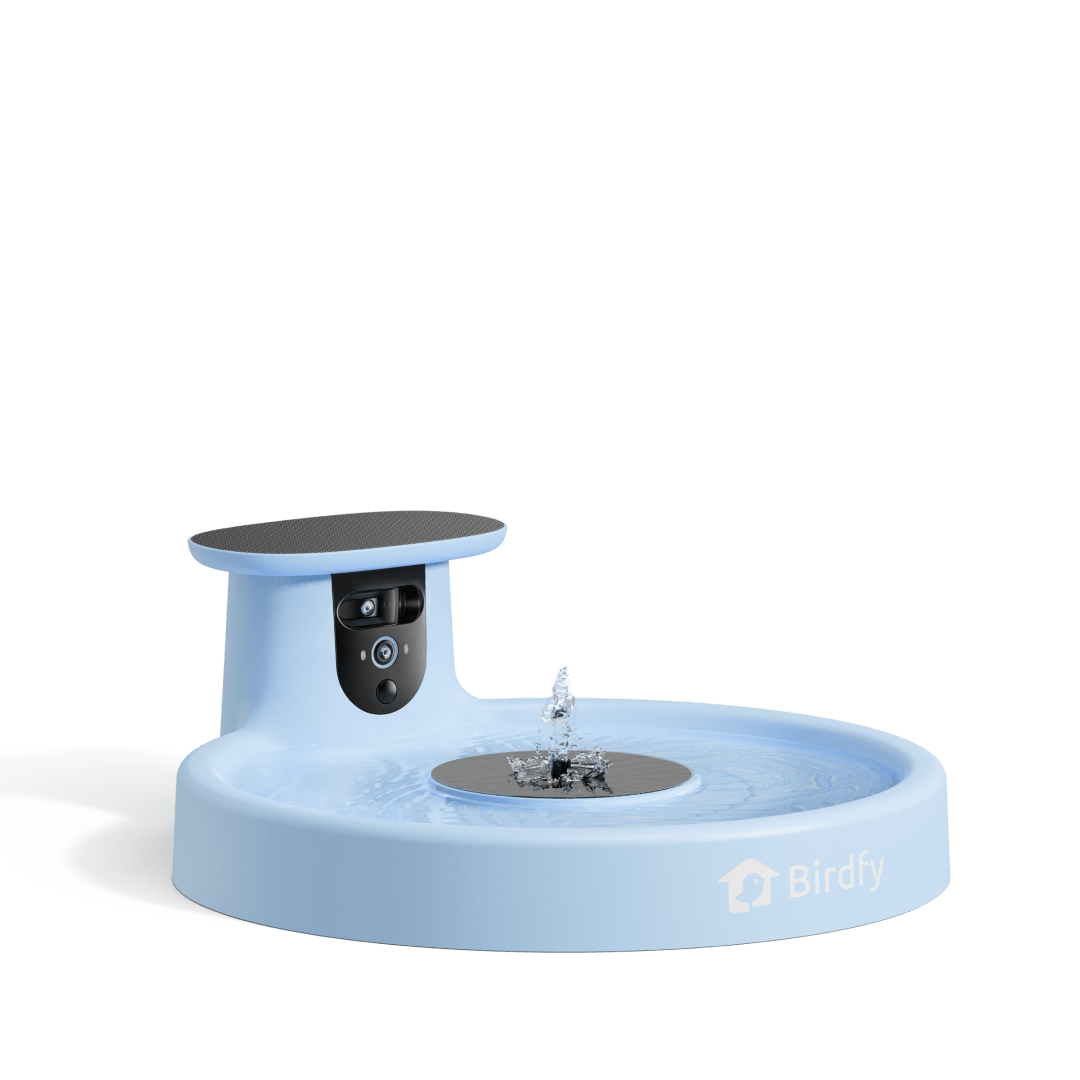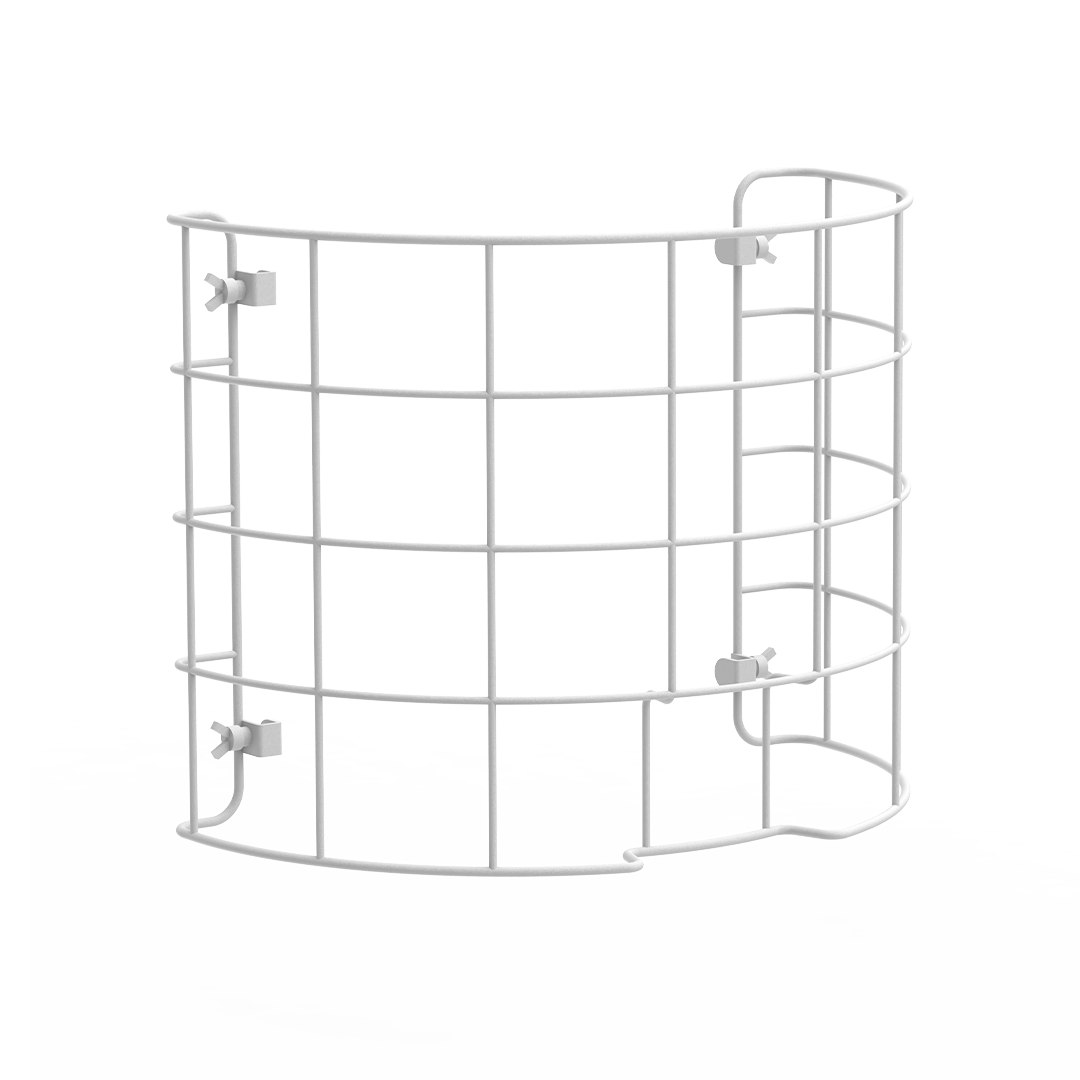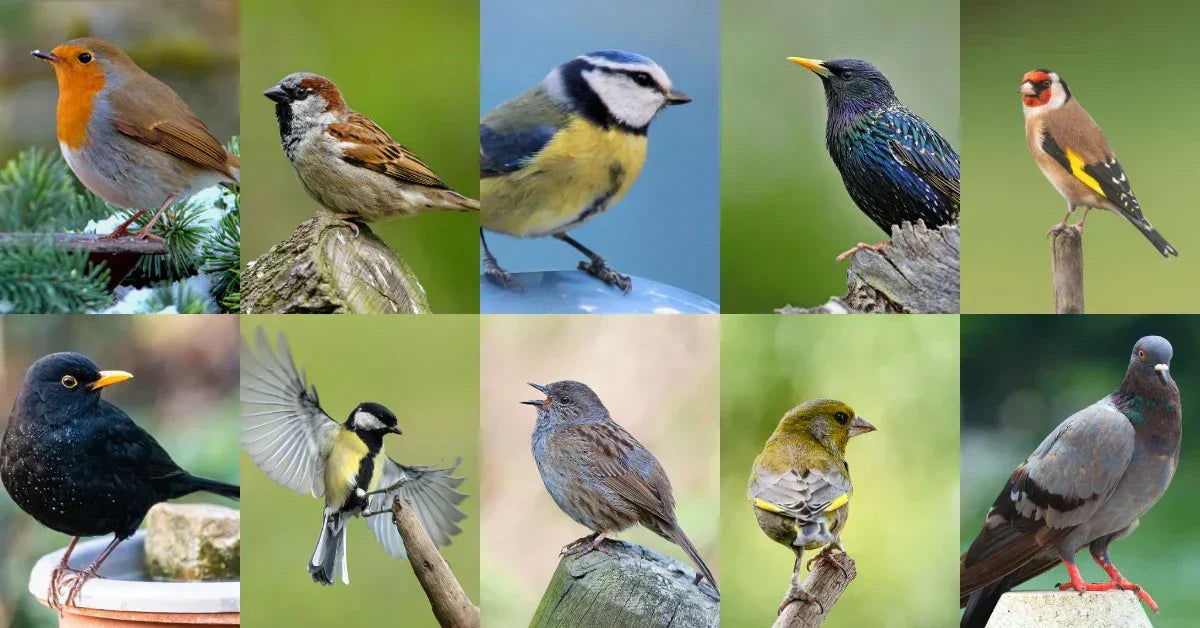10 Small Brown Birds in the UK (With Photos)
Small feathered visitors are frequent in British gardens, hedgerows, and woodland fringes. These little brown birds UK might not appear to be anything special at first sight. But their demure feathers and behaviour conceal interesting behaviours and individual personalities. It can be difficult to tell who these kind visitors are. They come in shades of brown that are so well camouflaged against bark, leaf litter, and bare soil.

But by patience and observation, you may learn to identify each. Birds, too, are different, the little wren with his vivacious ways, the coy dunnock. Casual gardeners and keen birdwatchers throughout the country enjoy seeing them. This guide provides easy-to-understand and straightforward descriptions and tips that will facilitate those identifications.
10 Common Little Brown Birds in the UK
There is a charming little collection of non-birds to be found in British wildlife. Here are ten familiar favourites--all charted so that you will know more about them and be able to appreciate the personal character of each bird beyond the brown colouring.
These ten species, though they may sound relatively small fry, show just how rich the avian diversity of Britain is when you get past the brown feathers. In the familiarity, one shows a unique gesture, song, or behaviour, and what we thought was just a simple sighting in our backyards becomes a moment of wonder.
1. House Sparrow

Appearance characteristics
The house sparrow is a short and plump bird. The males can be easily identified by their grey head, the black bib, and chestnut-brown back. Their undersides are pale grey, and their beaks are short and stout, adapted to cracking seeds. The females are less bright in colour, being generally light brown with streaked backs and paler faces. Juvenile sparrows look like females, and they do not have the conspicuous markings of adult males.
Common distribution
The house sparrow is common in the United Kingdom, on rural farms and in urban centres. They are richest in southern and eastern England, but occur in all four nations.
Habitat
It is a bird that flourishes in anthropogenic habitats. It nests in roof spaces, garden sheds, and hedgerows near buildings. The house sparrows are also common garden visitors, particularly when bird feeders are available regularly.
Behaviour
Sparrows are highly social and usually come in large flocks. Well before you see them, you can hear their chirpy chatter. They feed on seeds, insects, and crumbs and will feed on the ground or in feeders in flocks. They nest in colonies, and several pairs are near each other during the breeding season. Each year, they rear a number of broods.
During the winter, big communal roosts are made in dense hedges or ivy. The house sparrow is one of the most common brown garden birds UK due to its boldness and adaptability. Still, the population has decreased in certain cities, and gardens are now even more critical to its survival.
2. Dunnock

Appearance characteristics
The dunnock can easily be mistaken for a female sparrow because it has streaked brown feathers. But it is more slenderly built, has a long, sharp bill, a grey face, and breast. It has pinkish legs, and its delicate colours enable it to camouflage in leaf litter and hedgerows. It has a low fluttering flight, as it lives on the ground.
Common distribution
Dunnocks are abundant in the UK, especially in England and Wales. In northern Scotland, there are fewer of them, though there are still some. They are among the most popular small birds in Britain, but are overlooked.
Habitat
Dunnocks like gardens that have thick shrubs, woodland borders, and thick hedges. They nest low, and frequently under some tangled brambles, or in evergreens.
Behaviour
Dunnocks are shy and solitary and usually go out to forage either singly or in pairs. Dunnocks differ from the outgoing sparrow in that they prefer not to be seen in open places but flick discreetly along the edges or beneath hedges. They are insectivorous, spider, and seed eaters, and they usually feed by pecking at the ground.
Their delicate, jingling music is audible in springtime from a still perch. Their mating behaviour is complicated, and more than one partner and shared parenting are the norm. Although it is easily missed because of its obscure colouring and furtive habits, the dunnock is nevertheless a veritable UK small brown bird treasure in most gardens.
3. Wren

Appearance characteristics
The wren is among the small birds of the UK. It is shaped with a rounded body, short neck, and upright tail that keeps flicking. It has warm brown plumage finely barred on the wings and flanks. The bill is narrow and somewhat curved, and most suitable as a means of picking small insects. It is small, but it has a powerful voice.
Common distribution
Wrens are found all over the United Kingdom, in forests in the highlands, and coastal gardens. They are commonplace in southern and western parts, although they inhabit practically all cover-providing habitats.
Habitat
Wrens like thick undergrowth, tangled shrubs, and hedgerows. They usually nest in remote locations such as piles of logs, ivy-covered walls, or tree roots. They also visit gardens that are well-covered.
Behaviour
Wrens are vigilant and shy. They feed near the ground, scurrying through bushes and leaf litter in search of insects and spiders. Their song is not very covert, however, and one can easily recognise it, a rattling trill, very loud in proportion to the size of the bird.
Males construct several nests, and the female selects her favourite. They are a thrilling find for bird enthusiasts, although they are common. With its timid ways and brave song, the wren, as a brown British garden bird icon, is one of the most pleasant visitors to the UK garden.
4. Chaffinch Juvenile

Appearance characteristics
Juvenile chaffinches are soft brown with grey tones and white markings on the wings. They lack the male's bright orange face and chest, making them blend more easily with their surroundings. The bill is short and intense, suited to cracking seeds.
Common distribution
Chaffinches are among the most widespread birds in Britain. They are found in woodlands, gardens, parks and farmland across the UK, including upland areas.
Habitat
They favour areas with scattered trees and bushes. Gardens with feeders and mature trees are ideal spots for spotting them, especially in winter.
Behaviour
Chaffinches forage mainly on the ground, hopping around under trees and hedges. They eat seeds, berries and insects, especially during the breeding season. In winter, they often join mixed flocks with other finches and sparrows. Females build neat cup-shaped nests in forks of trees or dense shrubs.
While the males stand out with colourful feathers, the brown tones of females and juveniles help them stay protected from predators. For anyone trying to spot brown garden birds UK, recognising these more muted members of the chaffinch family is a great start.
5. Goldcrest

Appearance characteristic
The goldcrest is the UK's smallest bird. It has olive-brown upperparts and pale underparts. A striking yellow or orange crown stripe bordered by black makes it instantly recognisable when seen up close. Its tiny, round body and fine bill give it a delicate appearance.
Common distribution
Goldcrests are found throughout the UK. They are more common in coniferous forests but also visit gardens, especially in winter.
Habitat
They prefer spruce, fir, and pine trees, where they feed and nest. In winter, they are more likely to venture into mixed woodlands, parks, and gardens.
Behaviour
Goldcrests are constantly active, flitting through branches and foliage in search of insects. Their calls are high-pitched and thin, often only heard by those with good hearing. They hang upside down from branches and can feed in freezing temperatures.
Despite their size, they are hardy and resourceful. Spotting one can be a delight for any nature lover. Their olive-brown colour, small size, and agile movements make them a subtle brown bird UK, often hiding in plain sight.
6. Juvenile Robin

Appearance characteristics
Juvenile robins look different from their red-breasted adult form. They are speckled with golden brown and buff spots across their breast and back. Their bill is narrow and dark, and their large, dark eyes give them a curious look.
Common distribution
Juvenile robins are found across all parts of the UK during spring and summer. They are especially common in gardens and woodlands where adults breed.
Habitat
They prefer places with dense vegetation such as garden hedges, shrubs, and woodland edges. They need shelter for safety and food.
Behaviour
Juveniles leave the nest around two weeks after hatching. They remain hidden in low cover and are fed by their parents for several weeks. During this time, they learn to forage and find safe spots. Their speckled plumage acts as camouflage from predators.
They are quiet and cautious, gradually developing the confident personality seen in adults. If you spot a shy, speckled bird near your garden feeder, you may be looking at one of the year's small brown garden bird UK surprises.
7. Song Thrush

Appearance characteristics
The song thrush is a medium-sized brown bird with a creamy underside marked with bold dark spots. Its back is warm brown, and its face has a distinctive pale streak above the eye. It has a slightly upright stance and strong legs.
Common distribution
Song thrushes are found throughout the UK, though they are scarcer in some upland areas. They are more common in the south and west.
Habitat
They inhabit gardens, woodland edges, parks, and farmland. In gardens, they favour areas with open lawns and nearby hedges.
Behaviour
Song thrushes are known for their precise, repeated phrases in song. They often sing from trees or rooftops. They forage for snails, worms, and insects, especially after rain. They use stones to crack snail shells open. In spring, they may become territorial.
In winter, some migrate while others stay in sheltered spots. For birdwatchers, spotting a brown British garden bird, like the song thrush, brings a musical reward as well as a visual one.
8. Tree Sparrow

Appearance characteristics
The tree sparrow is similar in size to the house sparrow but slimmer. It has warm chestnut-brown upperparts, a chocolate-brown crown, and white cheeks with a distinct black cheek spot. Its wings are streaked with black and brown, and its beak is short and stout.
Common distribution
Tree sparrows are more common in eastern and central England, with smaller populations in Wales and southern Scotland. They are less widespread than their house sparrow cousins.
Habitat
They favour farmland, hedgerows, and woodland edges. They also visit rural gardens that offer food and safe nesting spots.
Behaviour
Tree sparrows are social birds, often seen in small flocks. They feed on seeds and insects, foraging in hedges and on the ground. They use nest boxes and tree holes for breeding.
Their cheerful chirping and quick movements make them a lively presence in the countryside. With their warm-toned feathers, they blend easily into hedgerows, making them one of the most charming brown garden birds UK to spot in rural areas.
9. Chaffinch Female

Appearance characteristics
The female chaffinch is less colourful than the male, with soft brownish-grey plumage, white wing bars, and a pale underside. Her subtle colouring provides effective camouflage among branches and leaves.
Common distribution
Chaffinches are found throughout the UK, from gardens to woodland and farmland. They are among the most widespread bird species.
Habitat
They favour mixed woodlands, hedgerows, and gardens with mature trees and shrubs. They need cover for nesting and open areas for feeding.
Behaviour
Chaffinches are adaptable feeders, eating seeds, berries, and insects. Females are more secretive than males, particularly when nesting.
They build neat cup-shaped nests in trees or shrubs, often well-hidden. Although less showy, the female is a classic UK brown bird with a quiet elegance and an essential role in the species' survival.
10. Female Blackbird

Appearance characteristics
The female blackbird is dark brown with lighter mottling on the breast and throat. Her beak is brownish rather than the male's bright yellow. She has a graceful shape with a long tail and alert stance.
Common distribution
Blackbirds are found across the UK, in both rural and urban areas. Females are present year-round, often staying close to their breeding sites.
Habitat
They thrive in gardens, parks, woodlands, and hedgerows. They are particularly fond of lawns where they can forage for worms.
Behaviour
Female blackbirds are adept at leaf litter and grass searching and insect and worm hunting. They are not as territorial as males and will protect a good feeding ground. They nest in tidy fashion in bushes and hedges. Their earthy tones make them a typical small brown bird's sight in many gardens, often overlooked until they take flight with a flash of warm brown wings.
Why Do so Many Birds in the UK Have Brown Feathers?
Looking at the number of different species in British gardens and countryside, you find that many of them are brown or earthy in plumage. This is not by chance. The brown feathers are potent survival weapons as they serve as natural camouflage so that the birds can easily blend into the environment.
In a lot of species, camouflage may be the difference between life and death. A brown bird in the UK perched in a hedge or foraging on the ground, can easily go unnoticed by predators such as sparrowhawks, foxes, and domestic cats. The spotted shapes, faint stripes, and gentle tints resemble tree bark, earth, and dry grass, and become nearly unnoticeable when they remain motionless.
Camouflage is particularly crucial at the time of nesting. Most of the small birds nest in hedgerows, low shrubs, or on the ground where predators might easily see them through their bright colours. Brown feathers enable parents to incubate or feed their young ones without creating unnecessary attention.
Moreover, the climate and landscapes of the UK have something to do with it as well. The country provides habitats with woodlands, farmland, heathland, and urban gardens. Its earthy colours work best in combination with each other. These tones are favoured by evolution since they help birds to survive regardless of the season, be it the autumn when birds are foraging through fallen leaves or during summer when they are resting in the dry grasses.
Tips for Attracting and Observing Small Brown Birds UK in Your Garden
Making a garden bird-friendly brings in wonderful feathered visitors, even to the timidest of the brown birds. The following are some easy, common-sense suggestions to make these birds feel at home:
1. Provide Diverse Foodstuffs
To satisfy different food preferences, offer sunflower hearts, mealworms, suet balls, and mixed seeds. Scattered food is very advantageous to ground foragers, such as dunnocks and juvenile robins.
2. Provide Clean Water
Put a shallow bird bath or dripper in a sheltered, shady place. Wrens and thrushes not only require water to drink, but also to preen and bathe.
3. Create a Safe Shelter
Let part of your garden be wild. Leave leaf litter and log piles and plant native shrubs. This forms shelter, nesting material, and secure foraging areas for shy brown birds.
4. Be gentle with Birds
Stealthy watching makes shy creatures feel safe. Where possible, minimise outdoor noise and confine cats indoors at times of high breeding seasons.
5. Provide a Feeder Variety
Robins and dunnocks should be fed with ground-level trays. Put up fat ball feeders to feed robins and goldcrests. Give tree creepers bark feeders to resemble their natural feeding habits.
6. Watch Patiently
Nature shows itself in quietness. Wait and watch or use binoculars. With time, you will recognise familiar patterns and know specific species.
7. Use Smart Tools
The Birdfy Smart Bird Feeder provides motion detection, live video, and artificial intelligence to identify more than 6000 species. It lets you observe shy brown British garden birds without disturbing them. An added advantage is that the proceeds partly contribute to the Birdfy Fund UK, which promotes bird protection.

8. Change Feeding Sites
Replacing feeders in different locations will motivate the shyer guests to come out. It also enables new birds to become confident more slowly.
9. Include Nesting Materials
Provide nest boxes appropriate to wrens, sparrows, or other above-ground nesting species. Install training panels or some other feature that would make them more attractive to small brown birds for homeowners.
10. Follow the Seasons
A good number of these birds change their looks or habitat with the seasons. Spots are lost by juvenile robins in autumn, and thrushes more frequently feed on the ground in colder weather. A change in your feeding and observation strategies will allow you to meet their evolving needs.
Conclusion
Exploring the world of brown British garden birds reveals quiet beauty and cunning survival strategies hidden in plain sight. From the bold, chattering house sparrow to the rock-scaling treecreeper, each bird brings its own storey and rhythm to our gardens. By understanding their appearance, behaviour, and needs, we deepen our connection with nature and enhance our enjoyment of everyday wildlife.
Share

